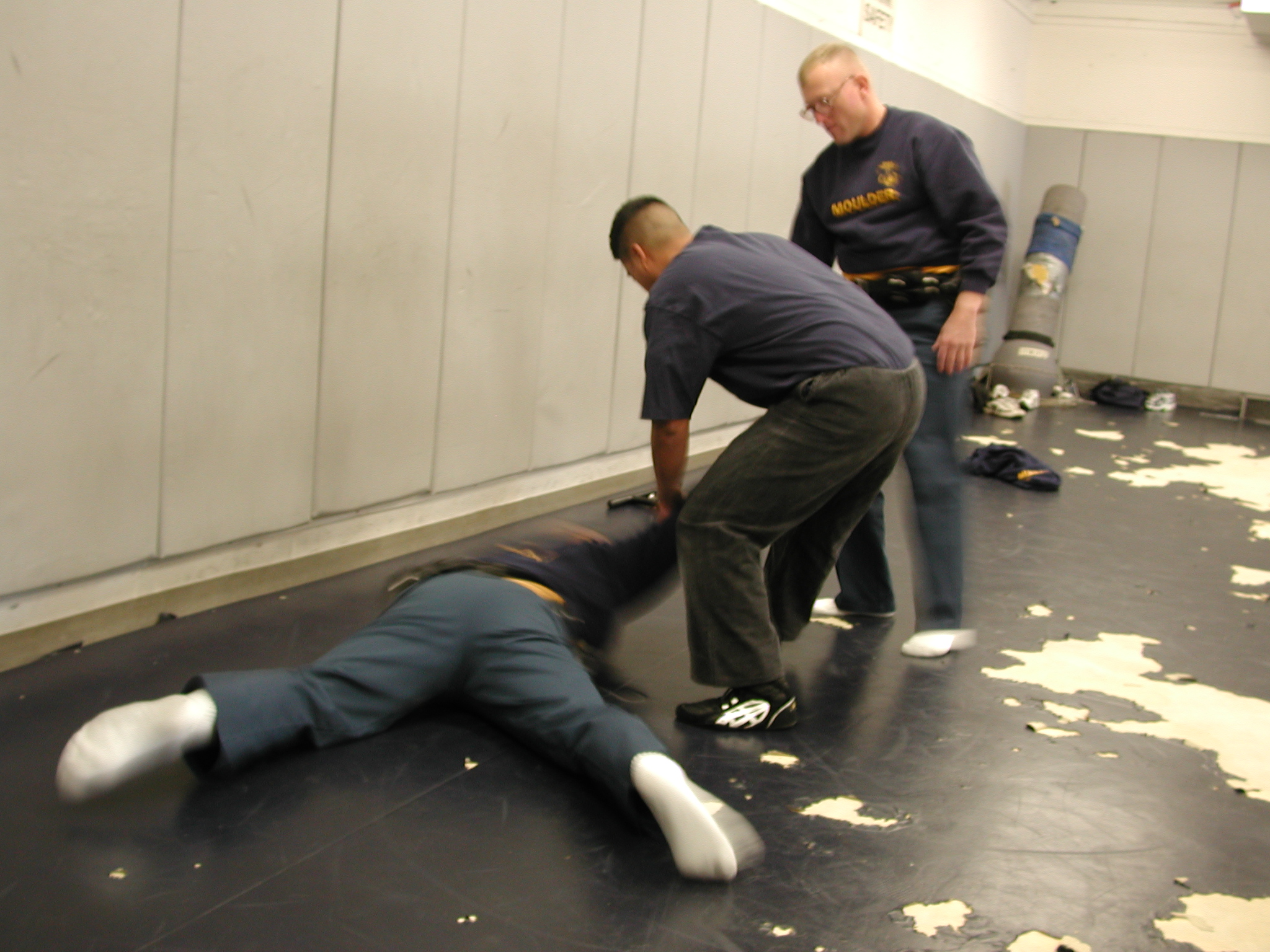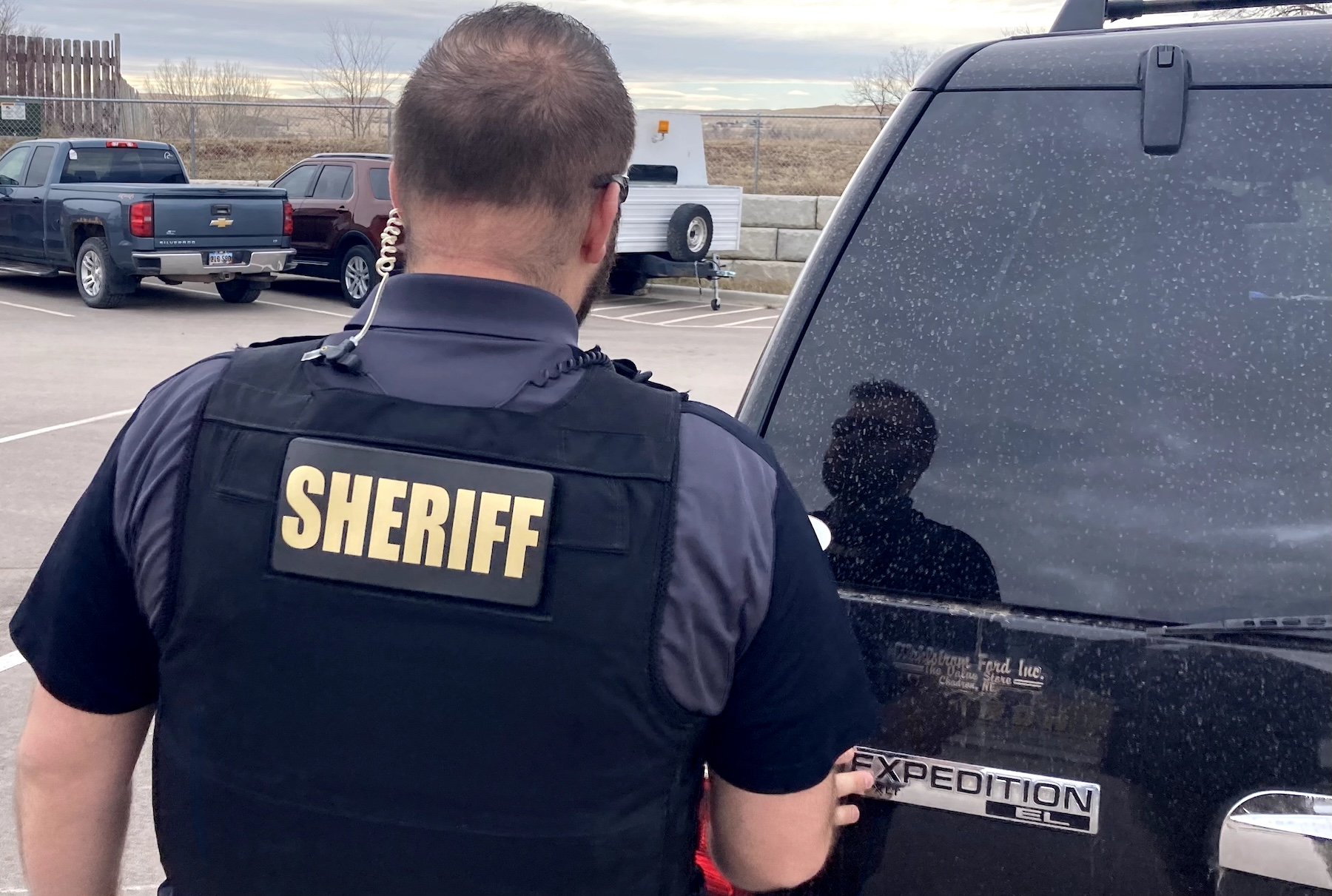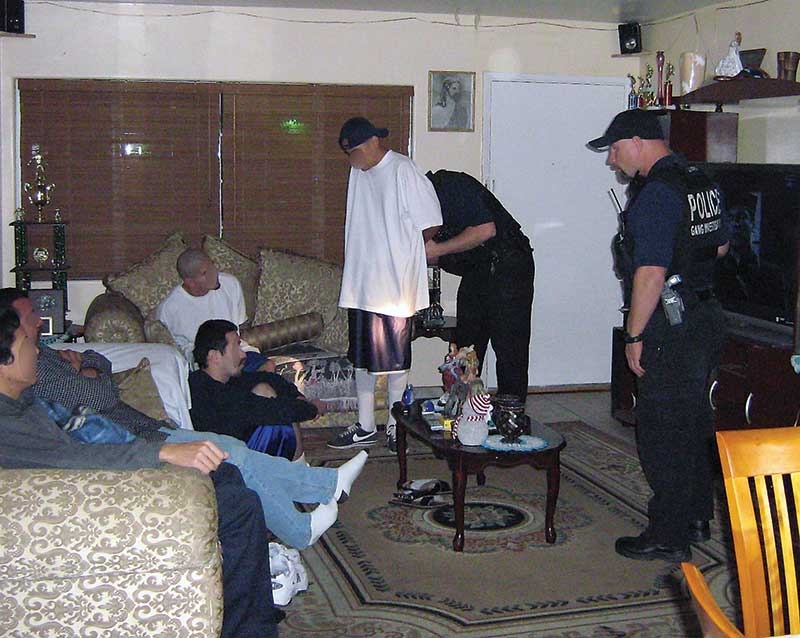
Mattwork
By John Thomas Grohn
It’s a sad state of affairs. There’s no money for training unless you’re a super secret squirrel uber-detective/deep cover domestic operative with the standard issue scowl, facial hair, greasy mane, mechanic work shirt with the name Bob sewn on the front, and nifty little ball cap with some sport team or skate brand on it. Not to mention the little paunch you’ve grown in an effort to “blend in.” No one knows you’re a cop — really, you’re good. If you’re in this category, the rules for training budgets do not apply. You can get almost any class you want because, let’s face it, you’re special.
For the rest of us uniform-wearing, marked-car-driving, report-taking, use-of-force-applying cops, we get the hind teet when it comes to training. You know, stuff like shooting, combatives, room clearing and vehicle assaults — stuff where, even if you do it right, you stand a good chance of getting your ticket punched. I guess it’s not glamorous enough to rate training.
Maybe if we could find a way to incorporate asset seizure in, things may change. Or how about when our actions result in the serious injury or death to an unintended person … what then? Will it change the way training is granted or how it’s conducted? You tell me. I have my own opinion on it.
How Bad Do You Want It?
I learned early on if I wanted a specific type of training, there was a good chance I was going to have to pay for it myself. As a new cop, one of my long-term goals was to get on-staff to teach firearms and tactics with my department. I knew there were certain classes and certifications I’d need in order to be competitive.
If your dream position is to be a motor cop, then you need to seek out collision investigation courses. If you want to be a detective, a class in search warrants would be helpful. But what kind of training do we give to our new cops in staying alive? What? That’s not sexy enough. And there is no money in it.
You’re probably going to have to pay for training yourself. So let me share some things that have helped me evaluate and decide where and what to spend my time and money on for tactical training.
Do Your Research
Just because training is POST certified, doesn’t mean it’s worth a crap. This isn’t always the case, but buyers beware! POST instructor ratings are a good thing to have, but don’t necessarily mean what they’re teaching actually has any tactical merit. Some courses are so watered down for PC sake; they’re nothing more than a check in the box to keep your department out of hot water.
The Internet is your friend. Just about every trainer out there has a review of his or her class on the Internet somewhere. Read the class reviews and see what people are saying about the instructor and the content of the class. Take most it with a grain of salt; look past snotty, personal sniping and look for real concerns and criticisms. If the class or instructor looks cheesy or unsafe, it’s probably a waste of your money and time.
Training is expensive, so come prepared. Beyond the expense of tuition ($150 to $400 per day, depending on the course and the instructor), you’ll need to figure in lodging, food, gas, ammo, etc. It adds up quick. What does this mean? It means do your homework and come prepared to train. Bring a spare parts kit for your weapon or better yet, a second identical gun in case yours goes belly up. I’ve seen it happen before.














